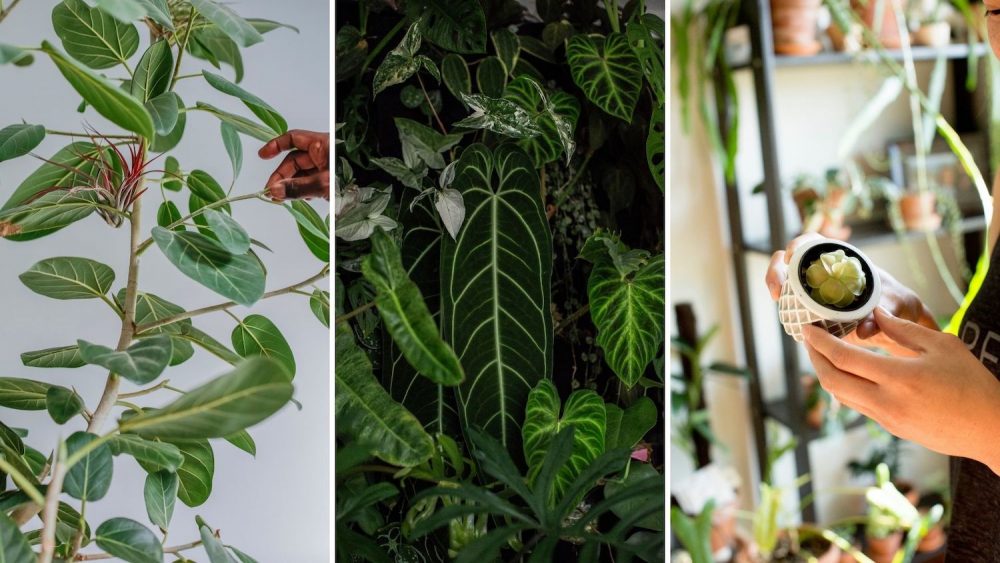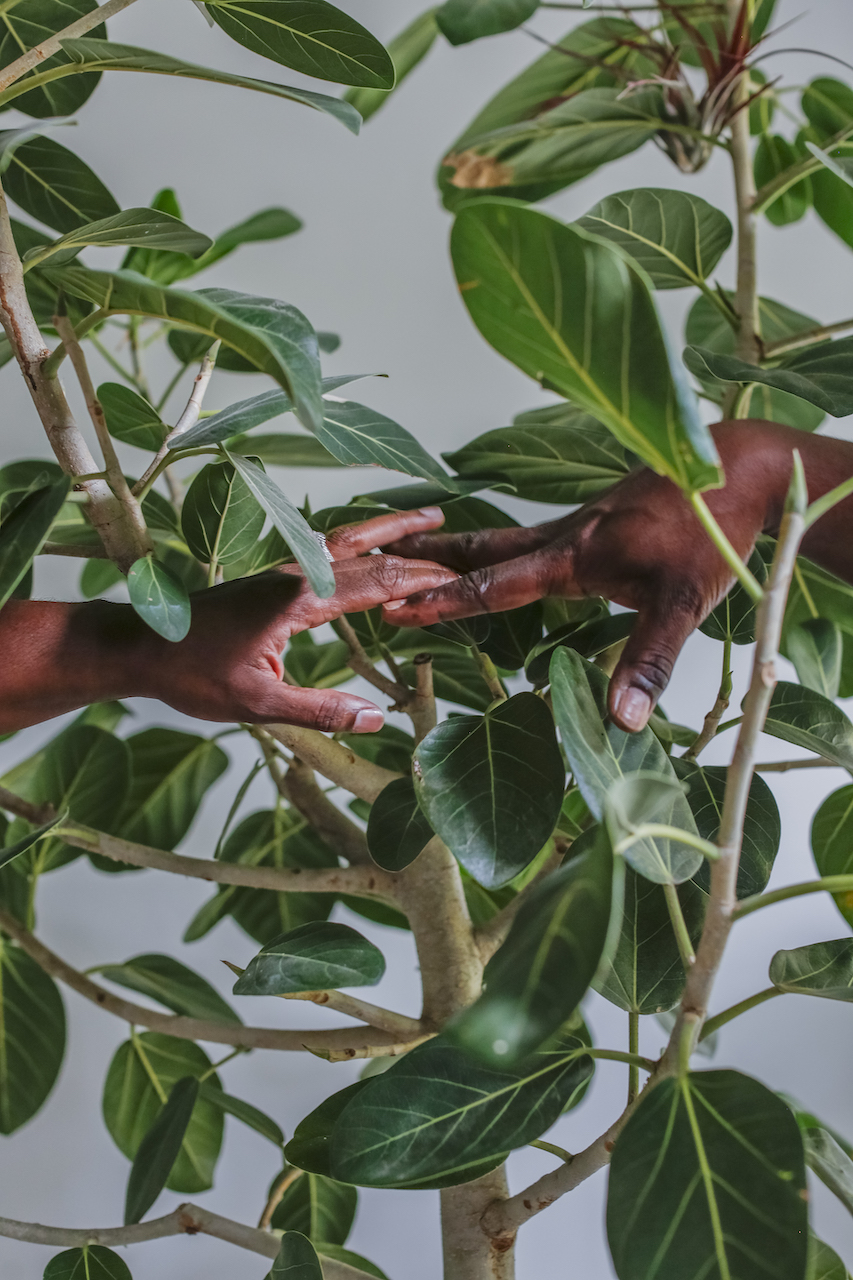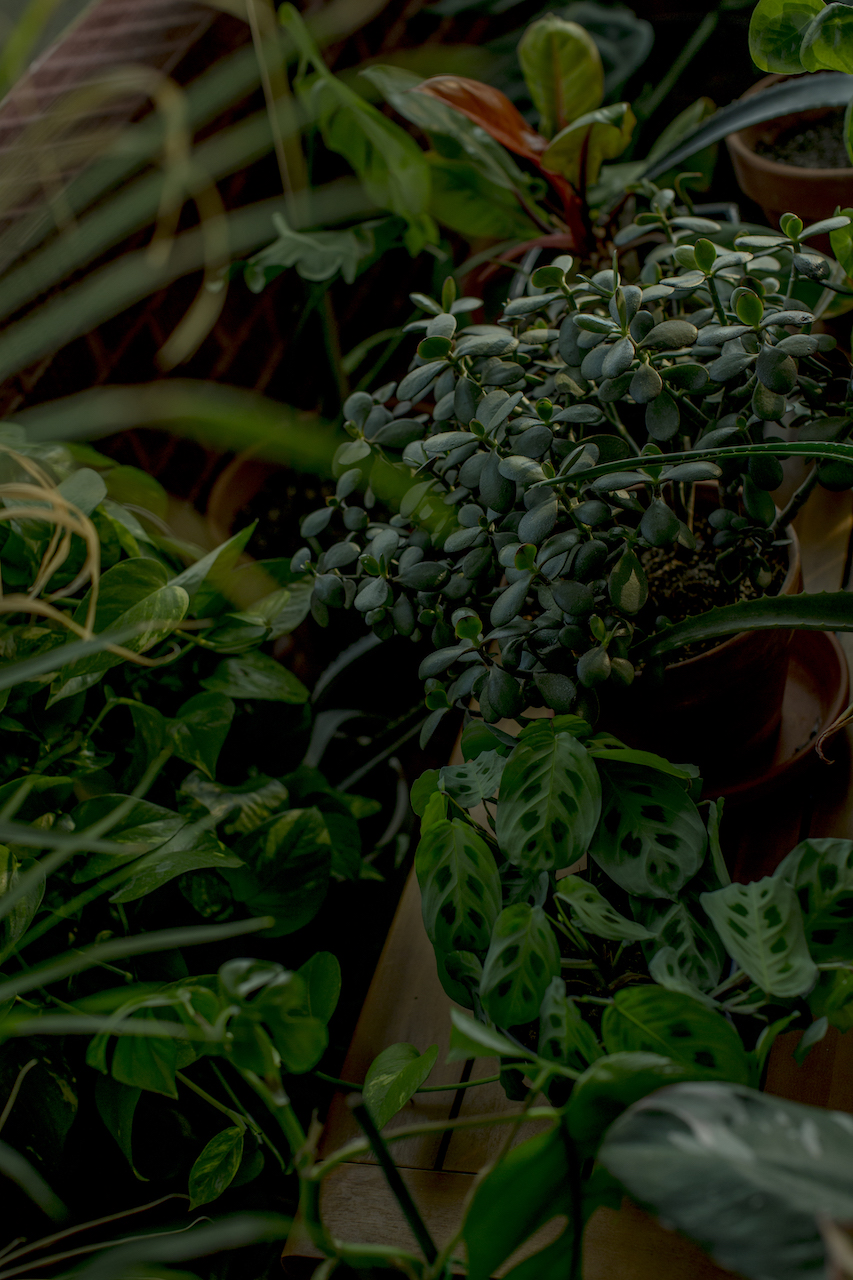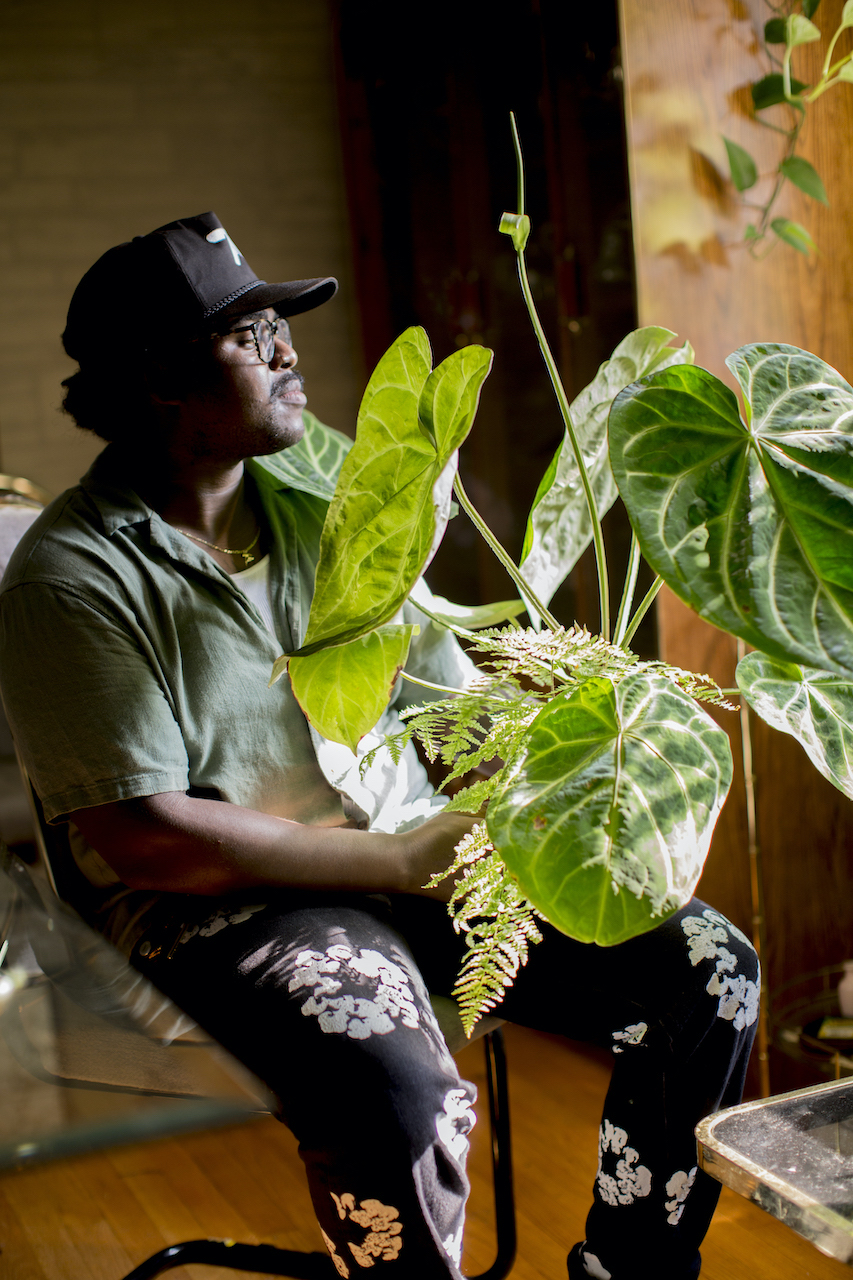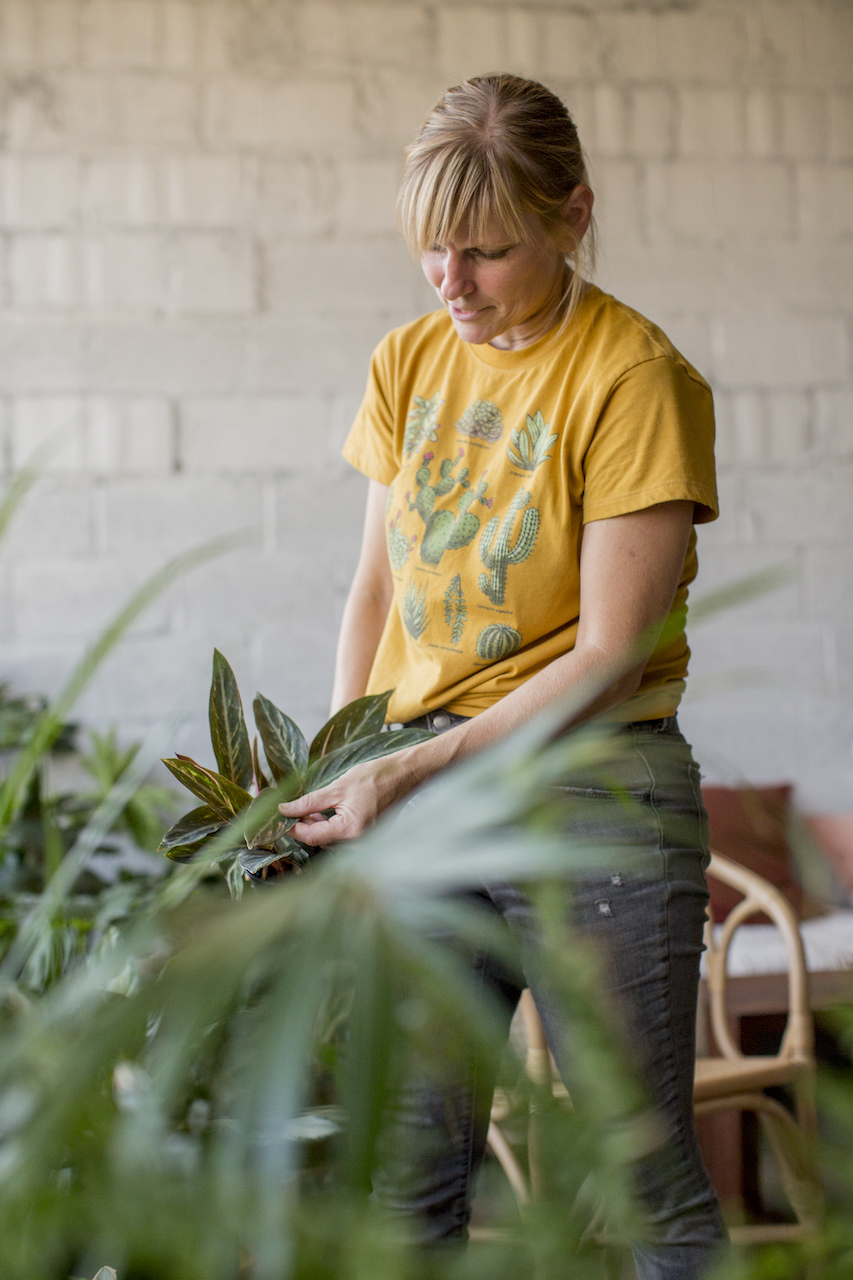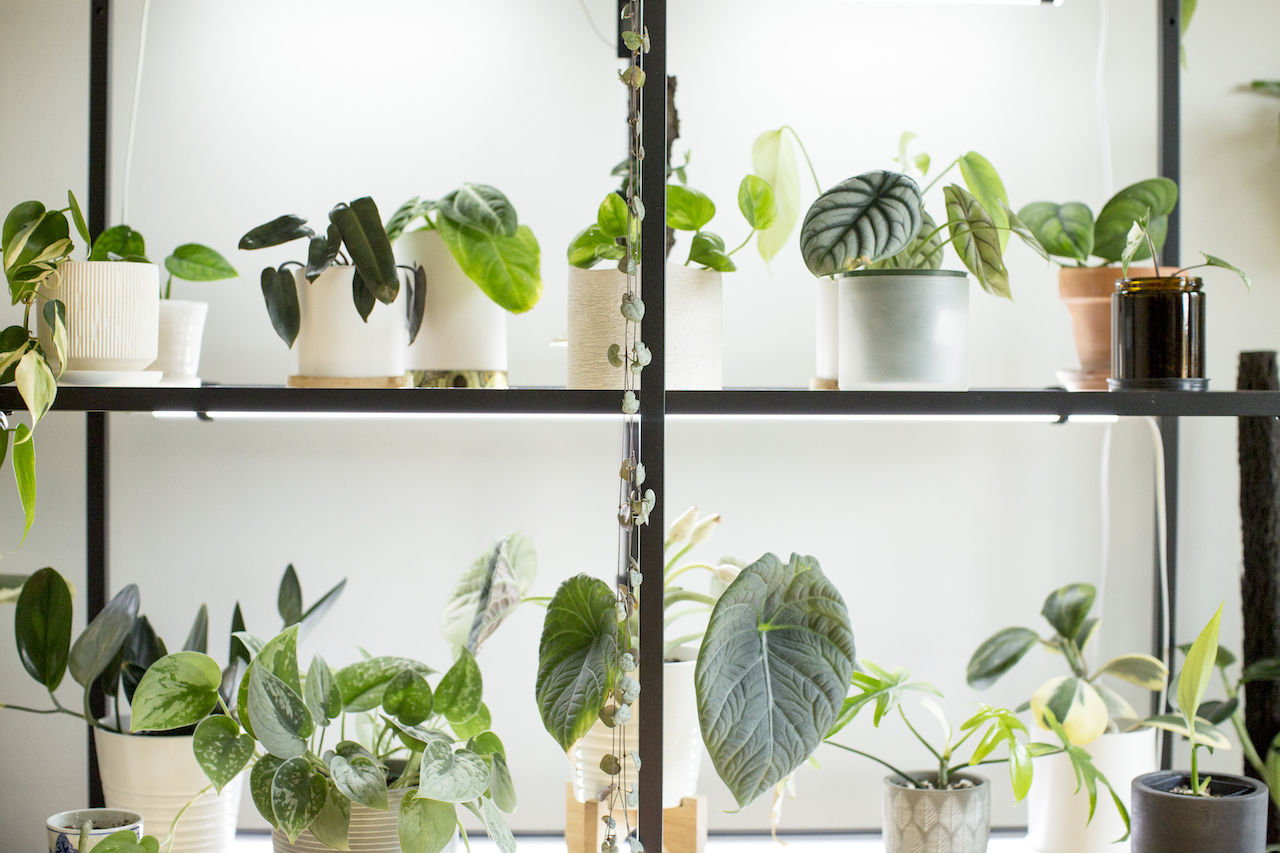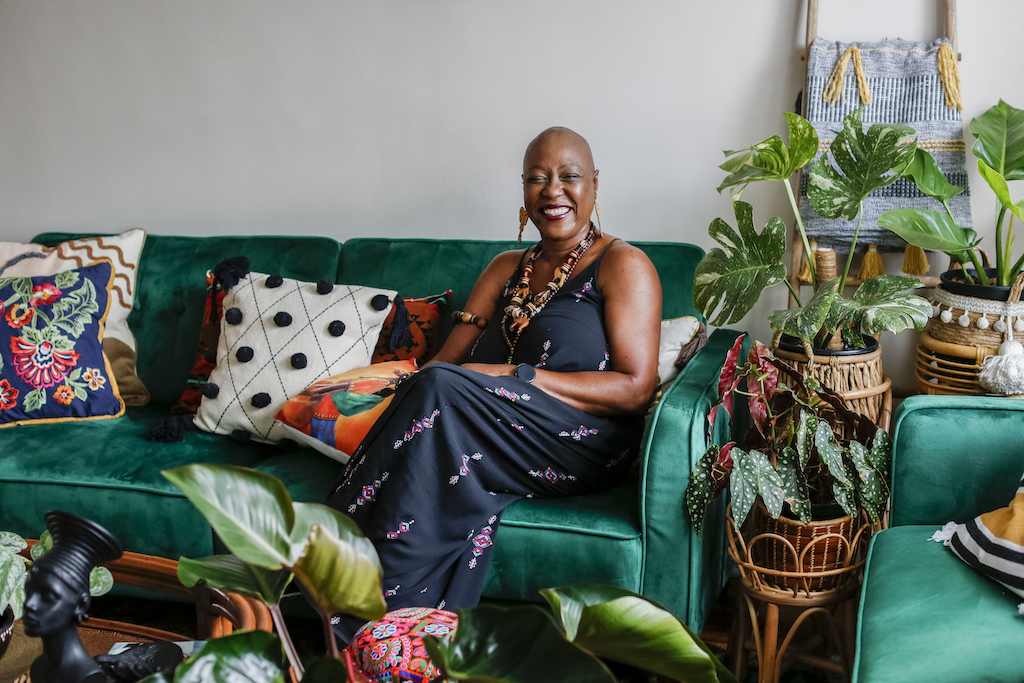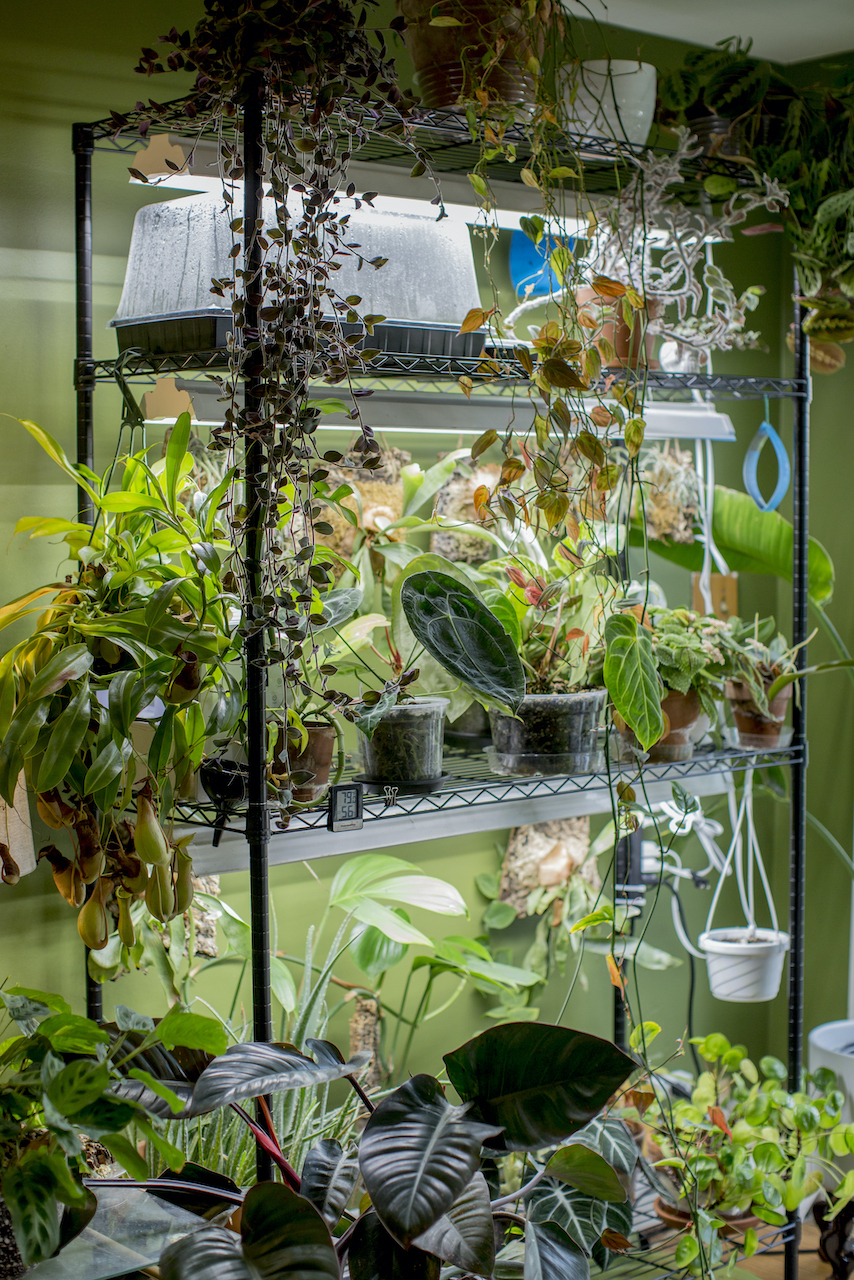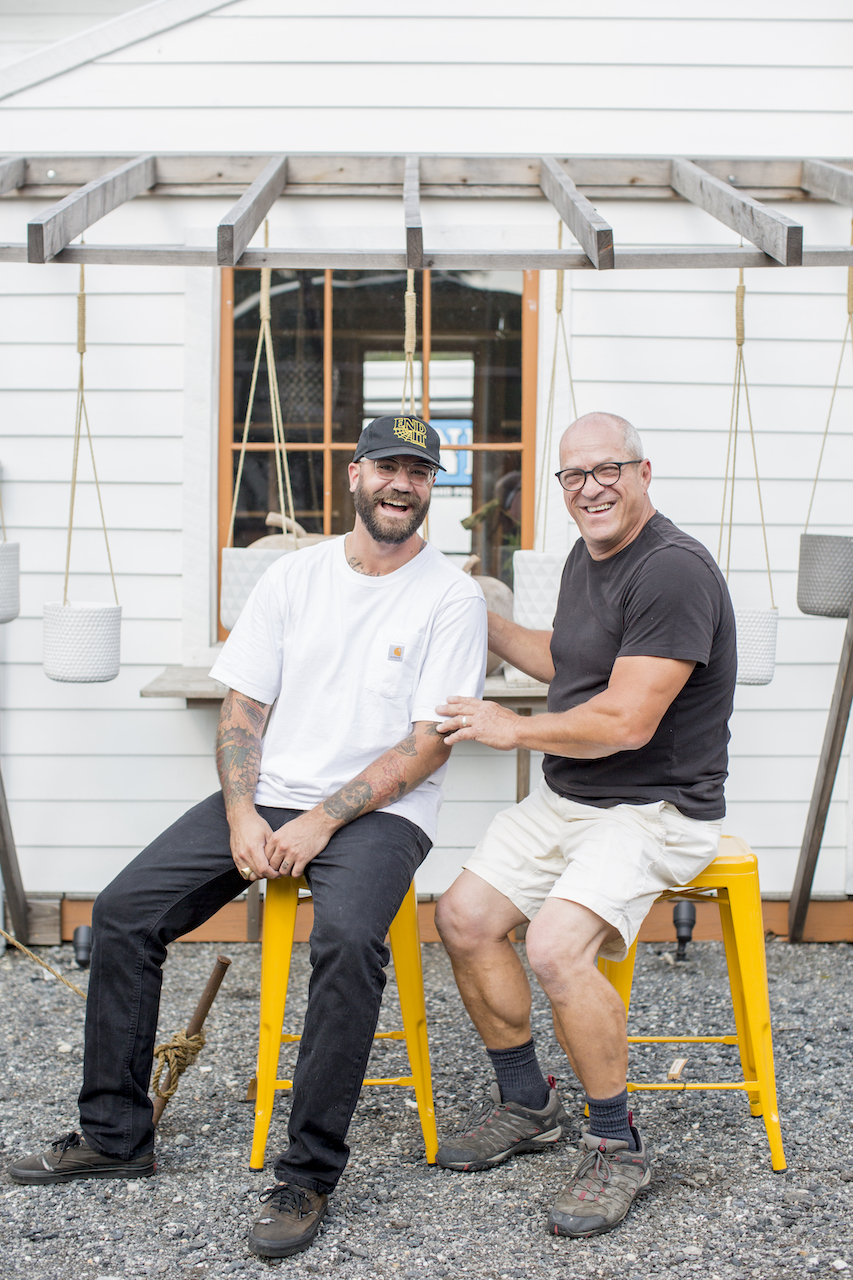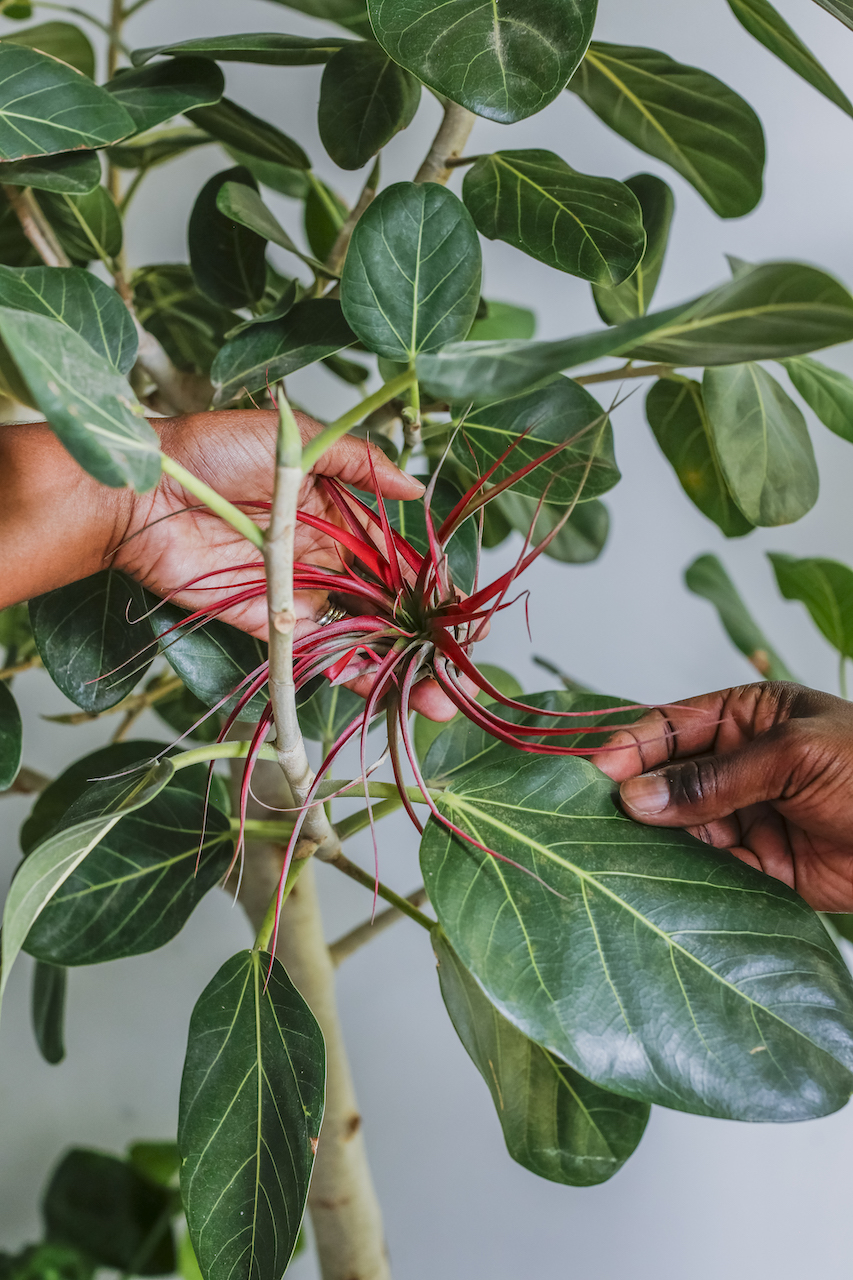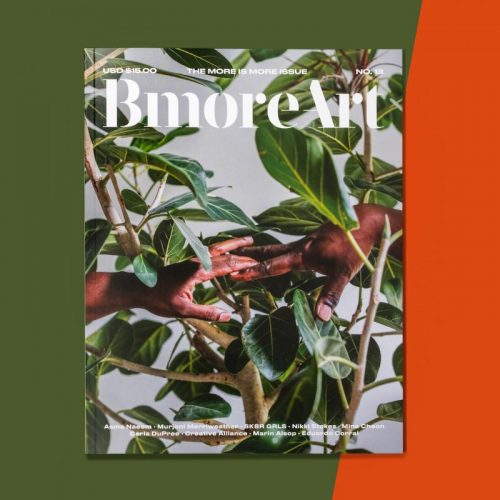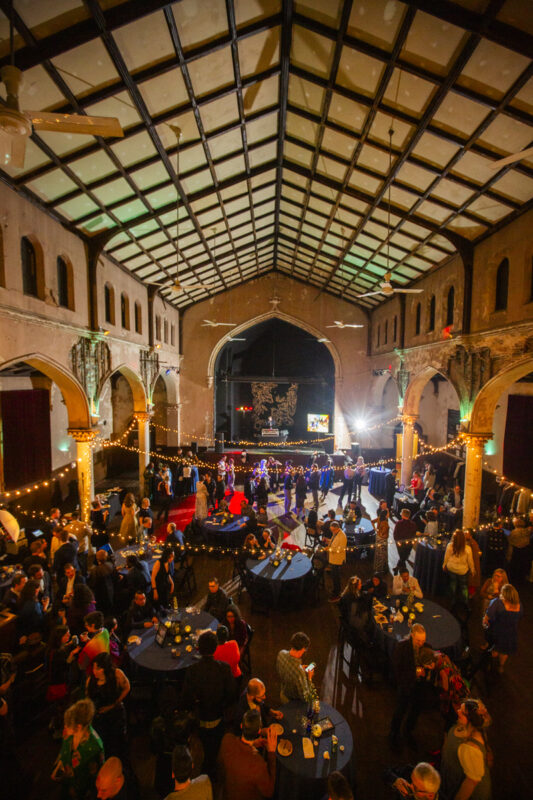Hilton Carter has taught millions of people how to grow where they are planted. Over the last few years, the Baltimore-native turned international houseplant influencer’s informational social media posts and three books on home decor have made keeping plants alive possible for former plant killers everywhere. Born in Baltimore and raised after age 10 in Essex, Carter is the embodiment of a hometown hero. It’s a trademark approachability that skyrocketed Carter to icon status with multiple book deals and a sold-out Target homewares line, but it’s his solid information about the care of plants, much of which he shares for free with half a million social media followers, that keeps him revered.
Yet, a movement is not a single person, and Baltimore’s houseplant community is actually as wide and diverse as our city, ranging from internationally recognized players like Carter to newcomers who just bought their first snake plant. In this group, serious collectors help one another, sharing cuttings and “chonks” (pieces of a plant that, with time and correct care, will become a full plant), and sourcing harder-to-find desirables, most frequently in specialty Facebook groups. Whether under Carter’s influence or completely independent of it, the collectors and shopkeepers that comprise this ecosystem are a passionate and growing collective finding solace, connection, and beauty in the natural worlds they build indoors.
Houseplants have been a part of middle-class American life since the Victorians first started bringing plants home as trophies of colonialism, and have enjoyed waves of increased popularity in the aftermath of national tragedies and social strife, ranging from world wars to the Trump presidency. We can loosely tie historical booms in growing things at home with moments of nesting and nurture in the culture—times when people retreated in response to traumatic events.
Already on the uptick after the 2016 presidential election, the collecting of plants both common and rare has climbed considerably throughout the pandemic as people seek comfort at home. Like art collectors, plant aficionados are collecting more than stuff; they’re actually collecting stories about history, race, and culture—and finding ways to connect with other enthusiasts, both in-person and online despite a shifting national landscape.
What Carter has done for widely available cultivars, environmental scientist Ryan McGehee is doing for rarer varieties in Baltimore. Rare plants carry a steeper price tag than the relatively affordable species found at grocery and big-box stores. They are typically more recent imports from the Southern Hemisphere that require more regimented care routines of food, humidity, and light, but McGehee says that plants have become an outlet for sanity for many during the pandemic.


